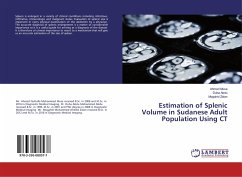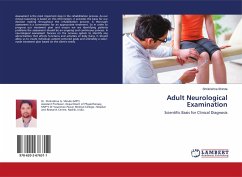For two centuries biologist and anthropologist attempted to classify human being according to phenotypic variations into races. Most classification are based either on pigmentation or skull form. When comparing skulls of different races and species, physical anthropologist makes use of measurements and indices which gives numerical expressions to certain features of the skulls, this constitutes craniometry. Traditionally the skull is the single most studied bone in physical anthropology. Archeologists have concentrated on excavating and preserving skulls and much of our knowledge of human evolution is based on cranial remains & may be used to determine the racial differences. Physical measurements of the skull are important clinical appraisal of certain neurological condition and of abnormally large heads or grossly misshapen cranium. The size of brain was best depicted by the volume of skull. Thus studying multiple measurements, indices and capacities can help to assess the skull and compare it with those of minor races, sub races, hybrid races, archaic or remnant races from the past or regional variants. Cranial index may be used to determine the racial differences.
Bitte wählen Sie Ihr Anliegen aus.
Rechnungen
Retourenschein anfordern
Bestellstatus
Storno








